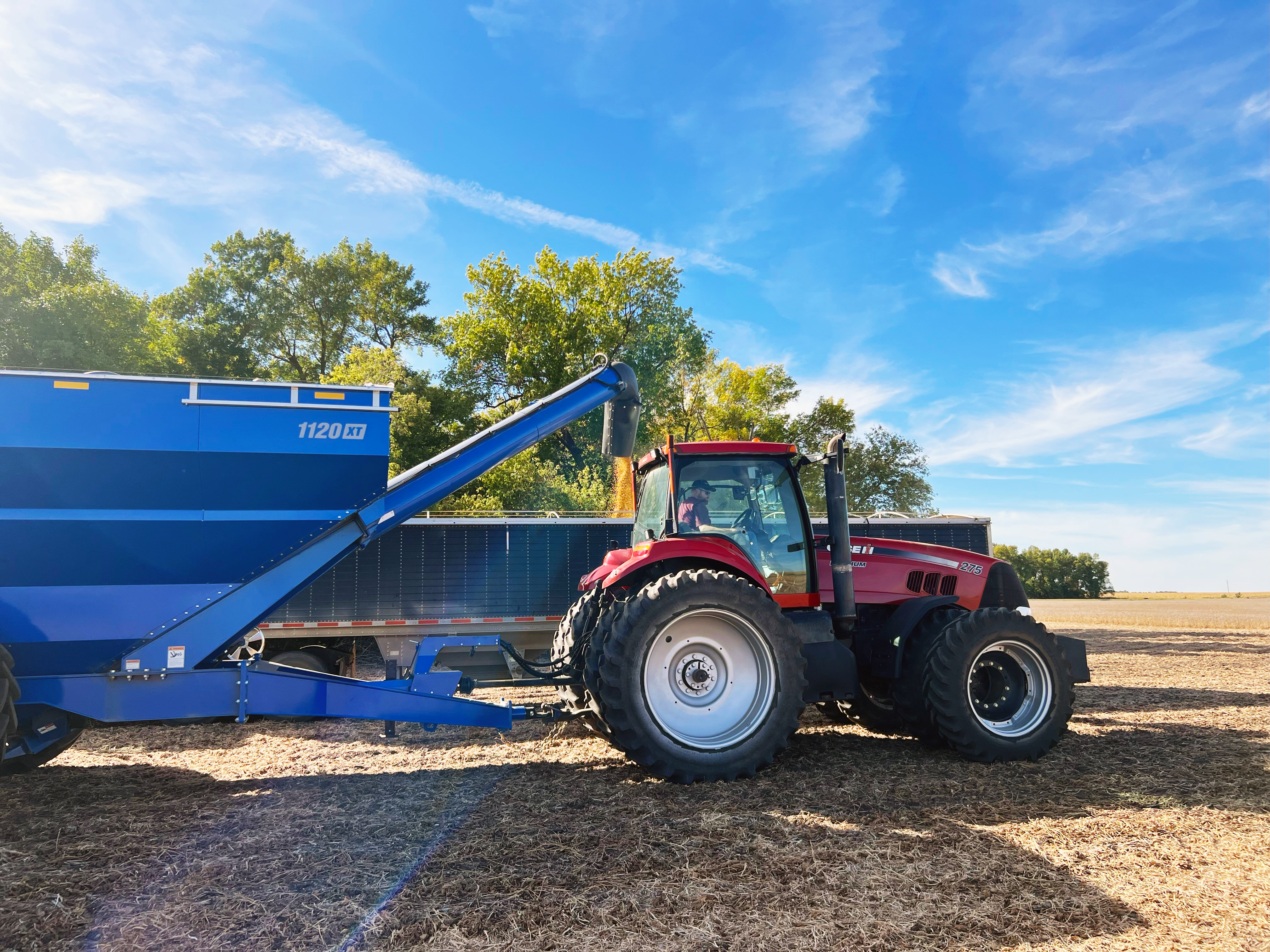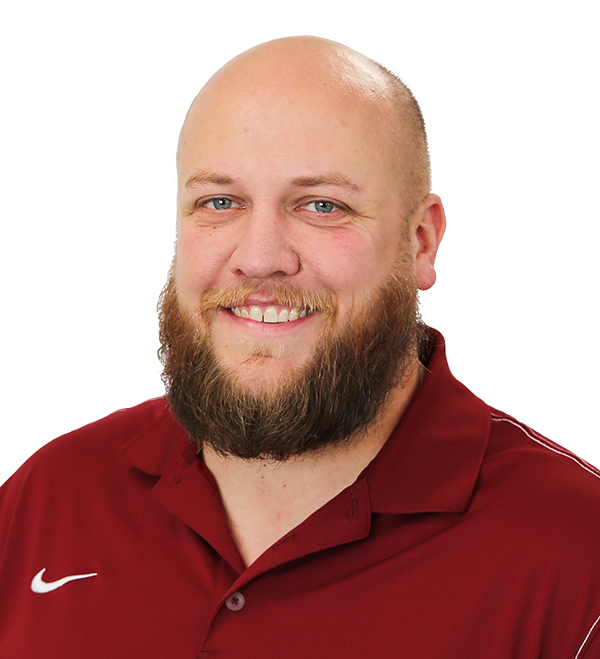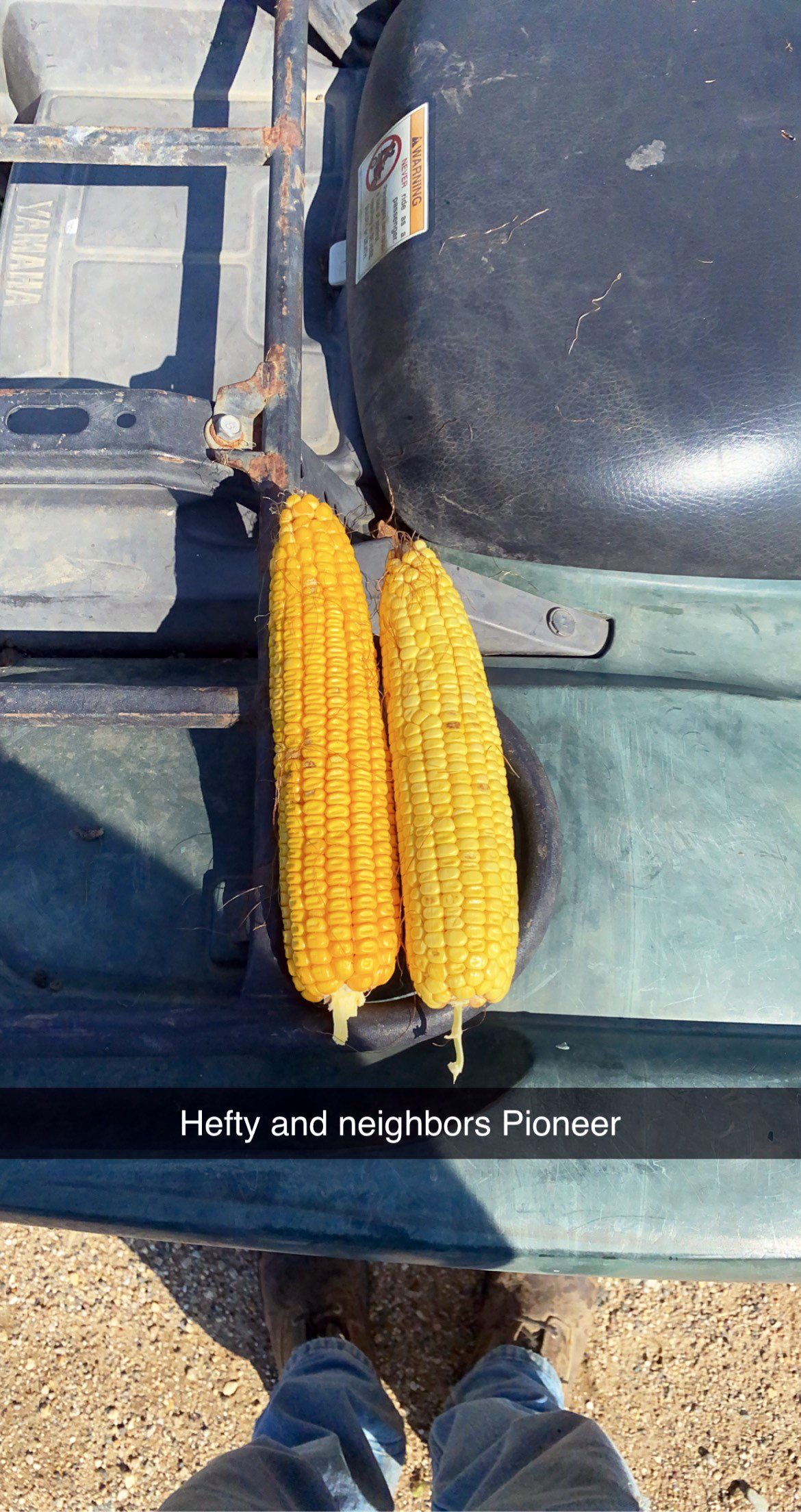

Seth Swan always wants to do the best possible job he can on his farm…
Like any farmer, he wants to keep his family’s operation profitable, but as part of the fifth generation of both sides of his family to farm near Balaton in western Minnesota – the majority of the acres are listed as part of a Century Farm – at 34, he knows he’ll be responsible for stewardship of its continued success for many years to come.
And he wouldn’t have it any other way. He knew early on that farming was the life for him.
“As young as I can remember, it was nice just being able to be home every day and still be at work, not having to go anywhere and just watching and learning as you went,” he said. “I just enjoyed it – couldn’t imagine doing anything else. I tried the four-year school thing, but it wasn’t for me. I just ended up back on the farm.”
Eventually, Seth completed a two-year program in Farm Operations and Management at Ridgewater College in Willmar, Minnesota and returned to farm full-time with his father, Todd.
Today, T&S Farms (short for Todd & Seth Farms) covers about 2000 acres primarily used to raise corn and soybeans, along with some alfalfa and pasture ground to support a small herd of cattle.
Like any farm, the Swans have to mitigate the risks of operating at the whims of Mother Nature, and they have to contend with some very hilly and highly variable acres. One of the first steps in their plan to improve their ground was to make heavy investments in drainage tile.


Seth Swan planting (top) and unloading the grain cart during harvest (above) on his family’s farm near Balaton in western Minnesota.
“I learned about better drainage when I was going to college,” Seth said. “Before tiling, a lot of areas drowned out. You spend the same money there as on the other parts, so why not try to get a crop out of it? With tile, you can get in, plant earlier, and spray earlier if it’s raining. You can harvest easier and not leave tracks. Obviously, yield is directly correlated to all that, too. I think my favorite is being able to move up the planting date. You definitely get into the field a lot sooner in pattern tiled fields versus fields that need a little drainage work.”
2023 marks Seth’s 13th crop. To stay brushed up on what he learned in school and to keep abreast of the latest information, Seth makes sure to remain caught up on Ag PhD with Brian and Darren Hefty, using DVR to catch every episode while also listening to the daily Ag PhD SiriusXM radio show while in the pickup or tractor cab.
“I like a lot of the agronomy and fertilizer and different chemical recommendations, the Weed of the Week, stuff like that,” Seth said. “But being able to read a fertilizer analysis is especially important.”
In many ways, Seth’s operation is becoming more and more focused on precision practices.
For fertility management, the entire farm is sampled using grids, allowing every acre to be fed with custom prescriptions for both nutrition and amendments like lime.
“In a nutshell, you can feed the highest potential more and then save a little money on some of the tougher ground,” Seth said.
The Swans are also using their soil and yield data to generate variable rate seeding prescriptions in both corn and soybeans. Four seasons ago, they rebuilt their planter to allow for variable seeding, as they want to make sure they put the right seed on the right acre in the right amounts. With hilly fields across the whole farm, soil conditions and seeding rates can change quickly. Low areas between hills can handle higher populations of up to 38,000 seeds per acre, while hilltops may be planted as low as 26,000.
By better dialing in an ideal population on every acre, Seth has been able to maximize output, extracting yield in drier areas where he previously would have expected yields near zero.
“We’ve been dry the last couple of years, and there wouldn’t be an ear on some of this corn on the tops of the hills if we flat rated across the whole field, so we’re definitely getting something out of it,” Seth said. “The biggest thing I’ve noticed is there are not as many red spots on the yield map. You’re not pushing the poorer soil harder than it needs to be, and you’re pushing the really good soil harder than you normally would. With variable rate, you don’t save a lot of input cost with the seed – you’re just putting it where it needs to be. Actually, my whole farm population went up 500 seeds per acre on average once we started variable rating, which surprised me. But it paid.”
When it comes to seed, Seth sources 100 percent of his corn and soybeans through Hefty Agronomist Jeremy Jensen out of the Hefty Seed Company store in Marshall, Minnesota.
Jeremy was initially recommended to Seth by friends and neighbors who had found success using Hefty Brand, and after he observed consistent results in his side-by-side trials, the rest became history.
“We did side-by-sides in both corn and soybeans against what I’d planted in the past, and Hefty either tied or beat the corn against four different hybrids from a competitor’s lineup, and the part that I really liked is they were $30 to $40 cheaper per bag,” Seth said. “Price isn’t the driving factor, but if you can save a bit and get a better yield, that’s a double win.”
Seth has especially appreciated the flexibility afforded to him by planting 40 Series Corn hybrids. For him, planting date is everything. If conditions are fit and he can get the seed in the ground, he’s typically the first one into the field. And knowing that his corn is protected by the industry’s most comprehensive seed treatment gives him the peace of mind he needs when going out there early.

Jeremy Jensen, Hefty Agronomist in Marshall, MN

Seth Swan uses full field check strips to compare his Hefty Brand 40 Series Corn hybrids with competitors each season. “Typically, my Hefty corn is as good as or better than anyone else’s,” he said. “ I put it up against a different company every year, and I have yet to be disappointed.”
“An old farmer once told me that it says on the tag to store seed in a cool, dry place, so it should be able to go into the ground when conditions are like that,” Seth said. “Part of the reason I bought Hefty corn is because it had so much in the seed treatment. That goes quite a ways, and this year, my corn shot out of the ground.”
Seth’s favorite hybrids are H5442, H5212, and H4933.
He positions 5442 and 5212 on his racehorse ground, but finds the rugged nature of the DroughtGard trait in 4933 makes it a great all-purpose hybrid even on his most variable fields.
“That’s my go-to,” he said. “It helps on some of the hillier stuff, but I don’t lose any yield when going through the bottoms. That’s my favorite Hefty number, to be honest.”
Even though Seth continues to have success when planting 100 percent Hefty Brand each season, he makes sure to verify his decision with full field check strips against other brands. Since his soil is so variable, it is important to him to see how each hybrid he raises performs in different environments.
“I’m not a fan of plots, so when I do a check it’s across an entire field, not two acres of my best ground,” he said. “If you want me to get 300-bushel corn, I can cherry-pick a spot and do it, but that’s not how it goes. Typically, my Hefty corn is as good as or better than anyone else’s. I put it up against a different company every year, and I have yet to be disappointed.”
In those side-by-sides, he’s really seen his favorite 40 Series Corn hybrids shine.
“That’s part of the fun to me, is seeing how different hybrids perform,” he said. “On the 5442, at emergence you could definitely see those 16 rows were up before the other company’s products. I’ve got similar checks going back from years past, too.”
Although finding success with seed has been a major contributing factor in his family’s decision to continue doing business with Hefty’s, some of the greatest value Seth finds in his relationship with the company comes back to being able to rely on the knowledge and attention of his Hefty Agronomist.
“Jeremy answers my questions, even on the weekends,” he said. “If we have to make a special recipe to take out a specific weed, he always knows what to do. There’s been times I’ve been gone, and I’d get a picture from him when he’s out walking my fields without my asking him, and that really impresses me. It’s just been a good working relationship since day one.”



